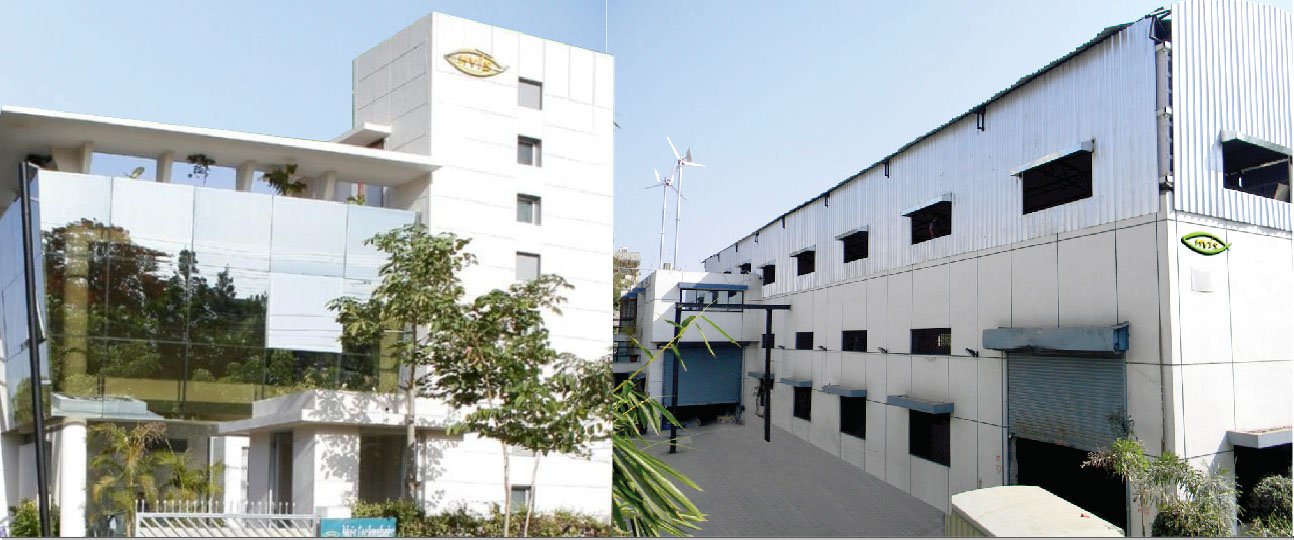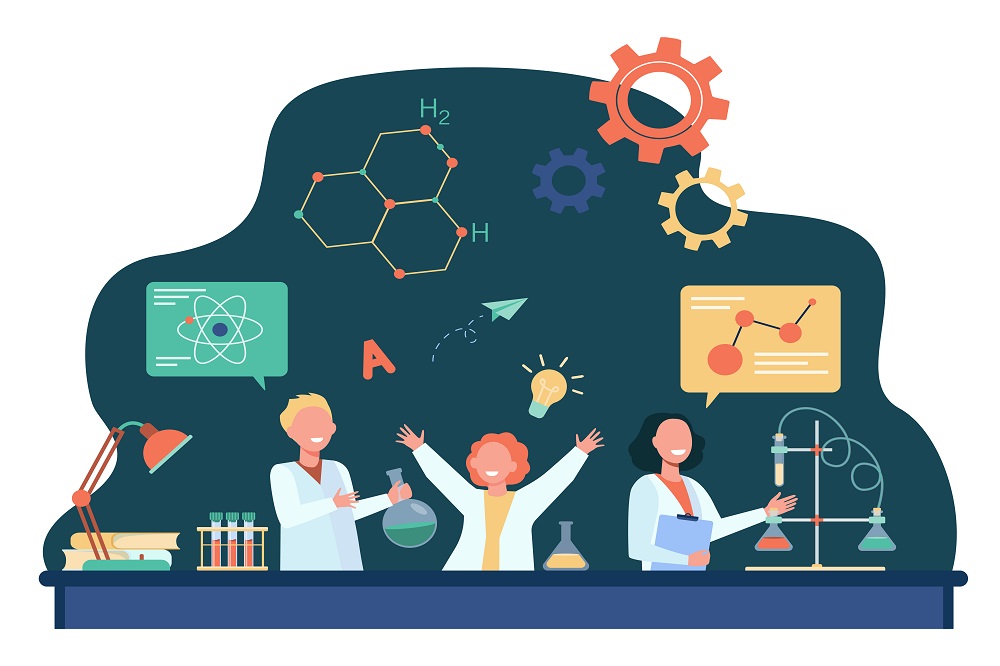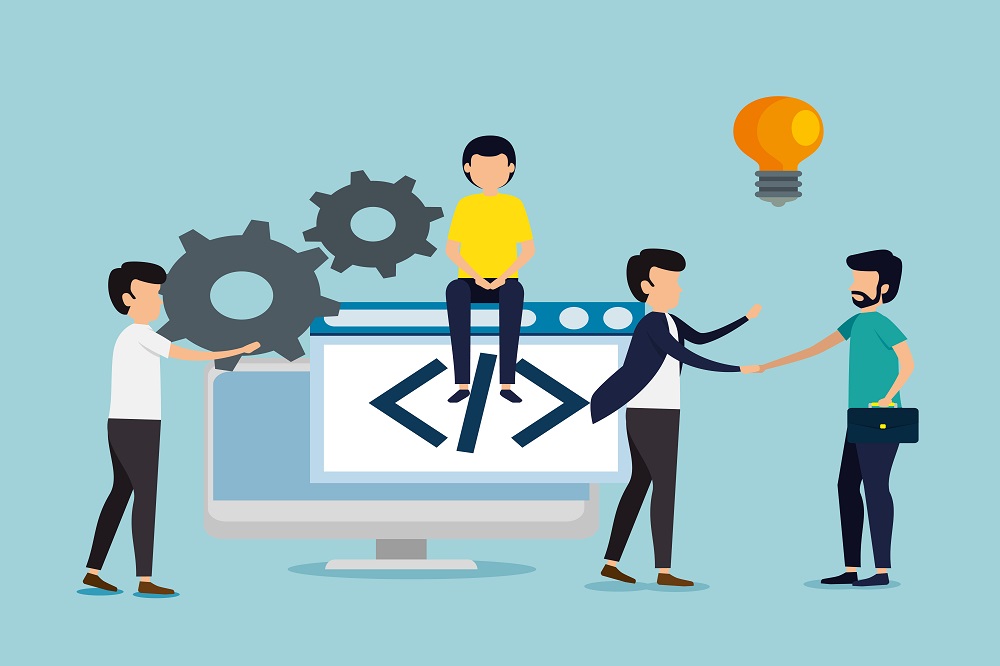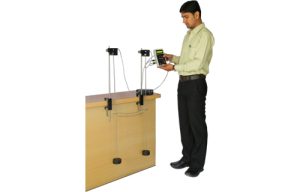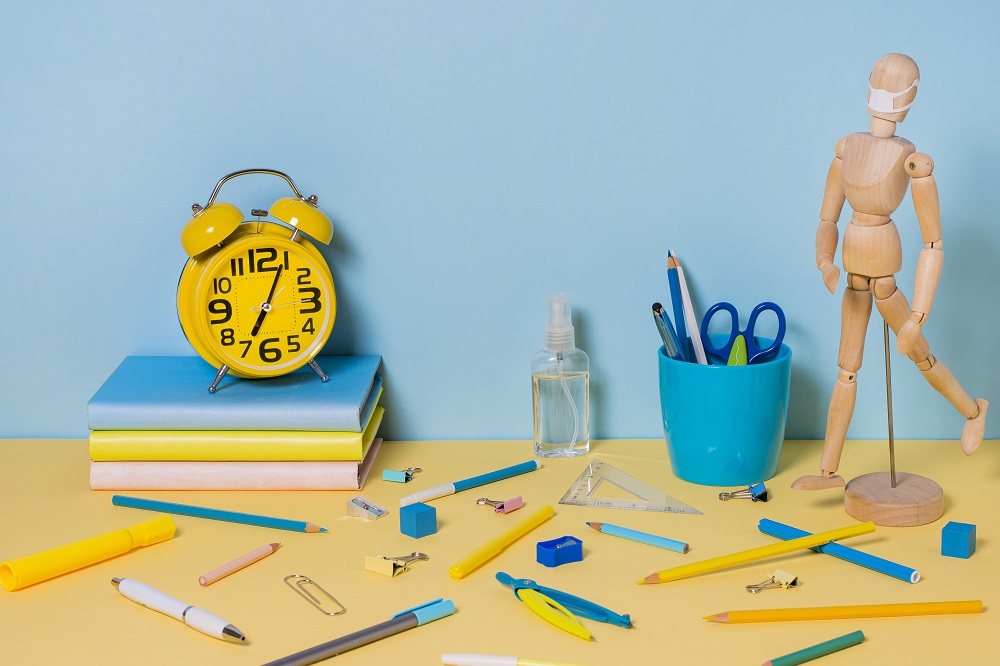As India reimagines its school education ecosystem under the NEP 2020, there’s a growing call to move beyond rote learning and bring STEM subjects—Science, Technology, Engineering, and Mathematics—to life through hands-on, real-world experiences. For students in secondary and higher secondary levels, practical training is no longer a “good-to-have”—it’s a necessity. These formative years demand more than textbooks and theory; they require dynamic environments that foster problem-solving, critical thinking, and applied curiosity.
With the CBSE’s mandate to set up Composite Skill Labs, schools are at a pivotal juncture. The opportunity? To build immersive, future-ready STEM labs that not only align with academic goals but also equip students for the rapidly evolving tech-driven landscape. But how does a school go about setting up such a lab? What goes into making it sustainable, effective, and relevant to industry needs?
Let’s explore the why and how of building impactful STEM labs in schools—along with expert insights on what truly makes them work.
What makes STEM training truly effective
Practical STEM training isn’t optional—it’s mandatory. It helps students connect classroom theory with real-world applications by programming microcontrollers,
building robots, simulating sensor data, or experimenting with AI. This hands-on learning nurtures deep understanding, not just recall.
But it’s not just about the tools. A STEM lab becomes truly effective when it transforms into a space of exploration and innovation. The focus must shift from showcasing equipment to embedding it meaningfully in everyday learning. The most impactful labs act as makerspaces—dynamic environments where students are encouraged to think, experiment, and build with purpose.
CBSE’s Composite Skill Labs andate: Why It matters for STEM education
The Central Board of Secondary Education (CBSE), in alignment with the National Education Policy (NEP) 2020, has made a significant move by mandating Composite Skill Labs across schools. This is a powerful acknowledgement of the need for applied learning in the K-12 space.
But the question remains—how can schools implement this vision meaningfully?
It starts with strategic planning. Schools must assess their current curriculum, identify relevant technologies, and build a phased roadmap for lab development. Teacher training is pivotal; educators must be equipped not just to operate new tools, but to integrate them into lesson plans effectively. Furthermore, safety protocols, assessment methodologies, and documentation systems must all be established from day one.
Also read: Is your school ready for Composite Skill Labs? Here’s how we can help
How industry partnerships are transforming school STEM labs
Many schools struggle with post-installation inertia. Equipment lies unused, teachers feel underprepared, and the lab—initially envisioned as a hub of innovation—slowly gathers dust. This is often the result of a transactional vendor relationship, where once the equipment is delivered, support ends.
The solution lies in knowledge partnerships. Schools must collaborate with industry leaders who offer more than products—partners who provide a complete ecosystem: from lab design and installation to teacher training, mentorship programs, and even student internships.
Such partnerships ensure continuity and relevance. They help educators stay aligned with emerging trends like IoT, Artificial Intelligence, Drones, and Industrial Automation. They also open up exposure pathways for students—connecting classroom learning with industry realities.
Get deeper insights into the importance of practical STEM education, how to set up future-ready composite labs, and the role of long-term industry collaboration. Watch the video here – [Video link ]
The cost of underutilization
- Low usage, high investment: Many institutions invest heavily in lab infrastructure but fail to use it effectively due to a lack of operational know-how.
- Missed learning opportunities: When tools sit idle, students miss out on hands-on experiences that make STEM subjects real and relevant.
- The solution:
- Post-installation support is crucial.
- Regular refresher trainings, curriculum-aligned activities, and usage audits can bridge this gap.
- Educators must also embrace continuous learning and actively integrate lab tools into classroom practice.
A transformative learning environment
When implemented thoughtfully, STEM labs can be transformative. Students begin to see themselves not just as learners, but as creators, thinkers, and problem-solvers. They learn to engage with the world as it is—and imagine it as it could be.
Imagine a classroom where a student builds a weather station from scratch, monitors data on an IoT dashboard, and then writes a paper on climate patterns. Or a student who designs a drone for agricultural surveillance and iterates on it after testing in real conditions. This is not fiction—it is already happening in well-equipped, future-forward schools across India.
Investing in the future, one lab at a time
In the final analysis, practical STEM education is not just about career readiness; it is about nation building. It is about nurturing a generation that is not afraid to ask questions, challenge norms, and design solutions. A generation that is agile, innovative, and deeply rooted in scientific thinking.
Schools that embrace this shift are not just keeping up with the times—they are defining them.
The future is not in the pages of a textbook. It’s in the hands of a student holding a soldering iron, coding a sensor, or assembling a robot. It’s time we recognize that—and invest accordingly.
Tags: CBSE Mandate, Composite Skill Labs, Experiential Learning, India Education, Industry Partnerships, NEP 2020, Practical Learning, School Education, Skill Development, STEM education






